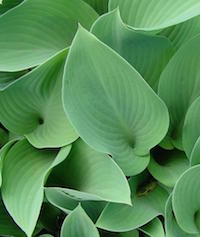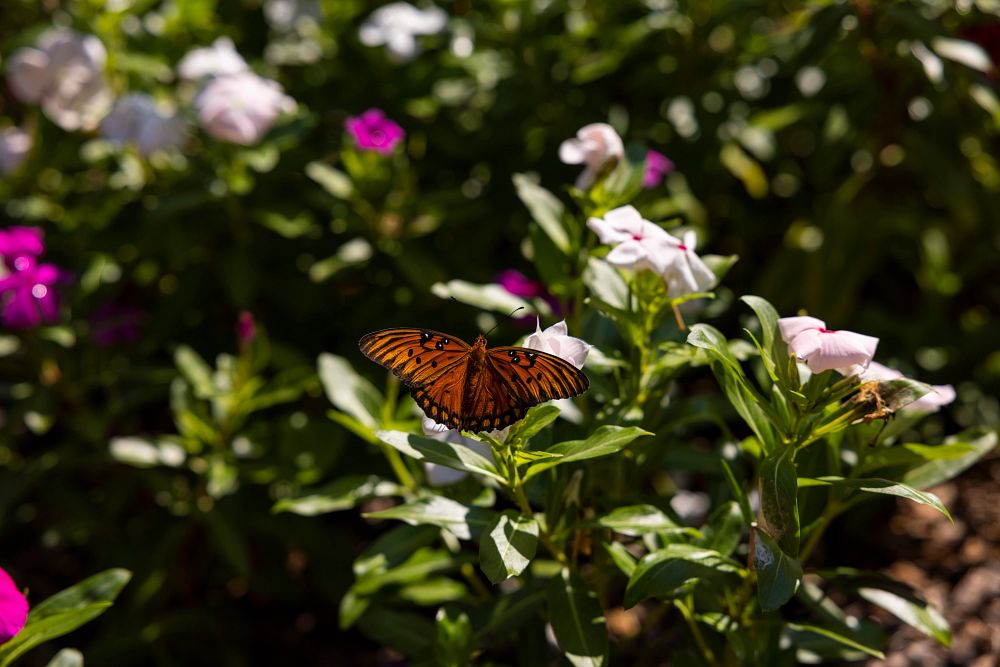Flowering bulbs, like daffodils and lilies, provide annual color to spring and summer landscapes. Bulbs are definitely low-maintenance plants, but they aren’t “no-maintenance plants,” according to University of Georgia Extension expert Frank Watson.
“The interest in flowering perennials continues to increase as homeowners learn that these plants bring variety, form, color and interest to the landscape that annual flowers don't provide,” said Watson, the UGA Extension agent in Wilkes County.
Divide and replant
Watson keeps busy reminding gardeners in his county to divide established bulbs this fall. Almost all bulbs become overcrowded over time and should be divided and replanted for best effect. Some bulbs bloom undisturbed for many years, while others may require dividing every two to three years.
“In Georgia, September is the perfect time to lift, divide and transplant bulbs like daylily, magic lily, African lily, Liriope, Amaryllis, ginger and Iris,” he said.
“Bulb” is a term often used by gardeners to describe bulbs, corms, tubers and rhizomes — all stem structures that provide food storage for perennial flowers. Bulbs should provide years of colorful blooms once planted and adjusted to their new home, but that doesn’t mean home gardeners should completely forget about them.
Extension tips
UGA Extension offers the following tips for dividing established bulbs:
- Dig and divide bulbs after the foliage has withered and turned yellow.
- Dig away from the original bulb, so as not to damage the other bulbs.
- Discard bulbs that appear diseased.
- Gently pull apart bulbs and corms. Cut tubers and rhizomes into pieces. Each division must contain at least one eye. Split tuberous roots apart but beware that some tuberous roots, like dahlia, require that a small piece of crown tissue remains attached.
- Wash away any soil that clings to the bulb.
- Replant the bulbs immediately, or store them for later planting. Bulbs should be stored in a dry place away from sunlight, preferably at a temperature of 60 to 65 degrees. Be sure to provide good air circulation.
When planting or replanting bulbs, UGA Extension horticulturists recommend planting at a depth that is two to three times the greatest diameter for bulbs 2 inches or more in diameter, or three to four times the greatest diameter for smaller bulbs.
When spacing bulbs, consider how much space each plant needs and how often it will need to be divided.
To create a natural look, scatter the bulbs over the area to be planted. Don’t drop or throw the bulbs because they may bruise or be injured.
Plant the bulbs upright — rhizomes and tuberous roots are usually planted on their sides — and press the soil firmly around them. Water the beds thoroughly to help settle the soil.
Daylilies best for beginners
For bulb-planting novices, Watson recommends beginning with daylilies.
“Daylilies bloom prolifically even with a minimum amount of care. This is reason enough to include this perennial in the landscape, either in flower border combinations or en masse,” he said. “Daylilies can be planted almost any time of the year, but September is an excellent time to transplant them.”
For more detailed information on planting and dividing bulbs in Georgia as well as a complete list of recommended varieties, see the UGA Extension publication B918, “Flowering Bulbs for Georgia Gardens,” at extension.uga.edu/publications.









